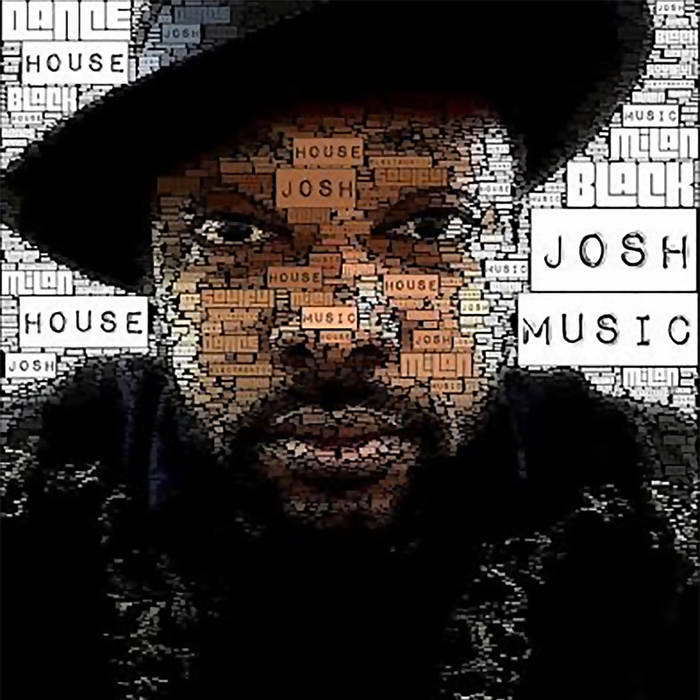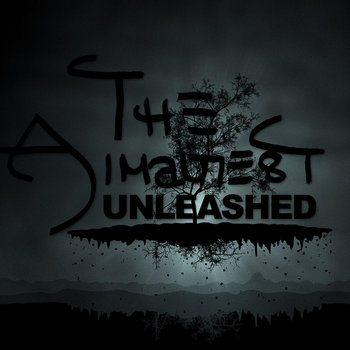
Written by Sonja West — It's a familiar story: A handsome stranger moves to town. He's been working so hard, punching his card. And he's got this feeling that he needs to tear up this town. So, of course, he wants to cut loose.
But, unfortunately, it's not quite that easy. Because if the town our stranger just moved to is New York City, and the place he's kicking off his Sunday shoes isn't one of the fewer than 120 licensed "cabarets" or "dance halls" in the city, his dancing could be against the law.
For almost 90 years, the city of New York has prohibited social dancing in most restaurants and bars unless the venue has first obtained a special cabaret license. A recent federal lawsuit filed by attorney and Brooklyn bar owner Andrew Muchmore is challenging that law, arguing that it violates our constitutional rights to shake our groove thing.
The cabaret law declares dancing by three or more people unlawful in any "room, place or space in the city... to which the public may gain admission." It also includes "musical entertainment, singing, dancing or other form[s] of amusement." In 1961, an exception was added for "incidental musical entertainment, without dancing." In other words, music in general isn't prohibited. It's only the kind of music that makes people get up on the dance floor that's affected.
In his complaint, Muchmore contends that this is a First Amendment problem. Customers tend to dance if they want to, and they may even leave their friends behind. Thus bar and restaurant owners are forced to play music that is not conducive to dancing, which in essence bans entire genres of catchy music. Or the owners must resort to putting up "no dancing" signs and policing their customers' movements. [Full disclosure: Muchmore is my former law student.]
The law also does not define dancing. After getting a citation in 2013 for people at his bar doing, according to Muchmore, nothing "more than gentle swaying," he decided to take action. The law, he wrote in his complaint, is unconstitutionally broad and vague. Indeed, grey areas are plentiful. Is toe-tapping allowed? Rhythmic head-nodding? A seated shoulder shimmy? Mom dancing? The ban also covers "other form[s] of amusement." Does this mean, Muchmore asks, that any activity "which tends to promote smiling, laughing or happiness" is not allowed?
That the cabaret law is still on the books in New York is surprising especially considering its less than admirable history. Enacted in 1926, the cabaret law was purportedly an effort to deal with the problem of people "running 'wild'" in nightclubs and causing "scandal and annoyance of decent residents." According to the committee that passed it, "the 'wild' stranger and the foolish native should have the check-rein applied a little bit."
Those who have studied the history of the law, including New York Law School Professor Paul Chevigny who has challenged the law, say the ordinance was really directed at black music and dance being performed in Harlem jazz clubs and was an effort to discourage interracial mingling. Historian Michael A. Lerner agrees, in his book "Dry Manhattan: Prohibition in New York City," he wrote that during this period there were "concerns that speakeasy culture had increased the likelihood of interracial sexual relations within the unregulated and uninhibited spaces of Harlem nightlife."
From the 1940s to the 1960s, the city added a requirement that anyone working in a cabaret had to carry an identification card. To get the card, performers were forced to go through the denigrating process of being fingerprinted and photographed by the police and be declared of "good character," which did not include anyone "who has been convicted of a felony or of any misdemeanor or offense, or is or pretends to be a homosexual or lesbian." Several prominent, primarily African-American, jazz musicians at one point either could not obtain or lost their cabaret cards including Billie Holiday, Thelonious Monk and Charlie Parker.
In his complaint, Muchmore says that this racially charged history reveals that the law was motivated by a discriminatory purpose in violation of the Equal Protection Clause. The law, he argues, "is a vestige of a bygone era of American history, where 'separate, but equal' was the law, and inter-racial association made legislators uneasy."
Over time, some parts of the cabaret law were successfully challenged or amended. The cabaret card policy was eventually abolished. And in 1988 a state supreme court judge held that the law's limit of no more than three musicians performing at a time was an unconstitutional infringement on the rights of the performers. But the heart of the law prohibiting social dancing has stubbornly persisted against legal and social challenges.
Throughout the '70s and '80s, the law was rarely used, but in 1997 Mayor Rudy Giuliani revived it as part of his "quality of life" campaign. In a 2005 legal challenge to the law, state Judge Michael Stallman ruled that the city had legitimate reasons to license dancing including "the protection of health and safety of the people of New York City." Muchmore counters in his lawsuit that other regulations on the books already deal with issues such as excessive noise, crowds and building safety.
The City's response to Muchmore's lawsuit is due later this month. Perhaps this time they'll heed the words of Judge Stallman in his 2005 opinion urging the city to reconsider its ban. "Surely," he wrote, "the Big Apple is big enough to find a way to let people dance."
Click here to read from this article's source.












































